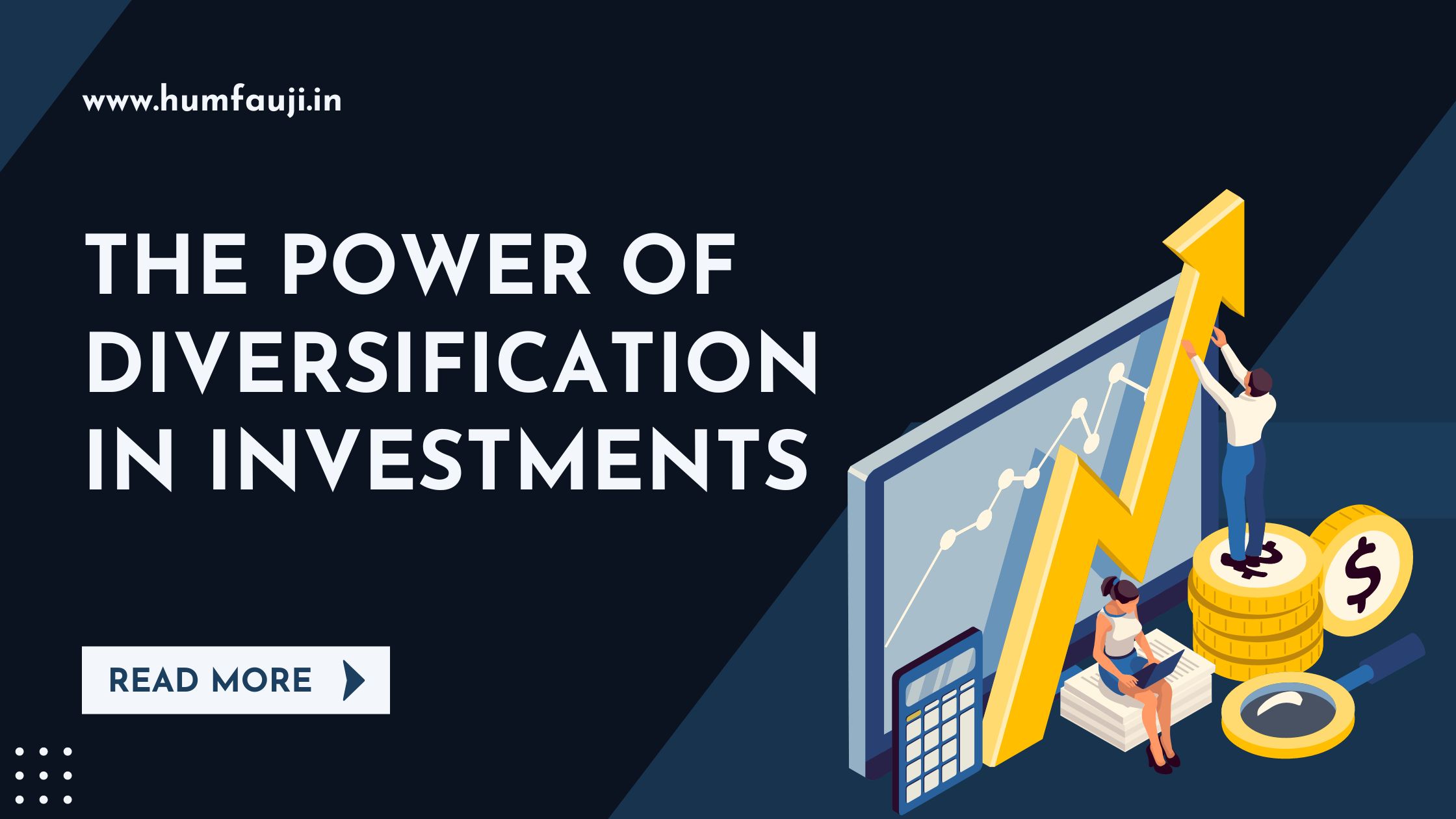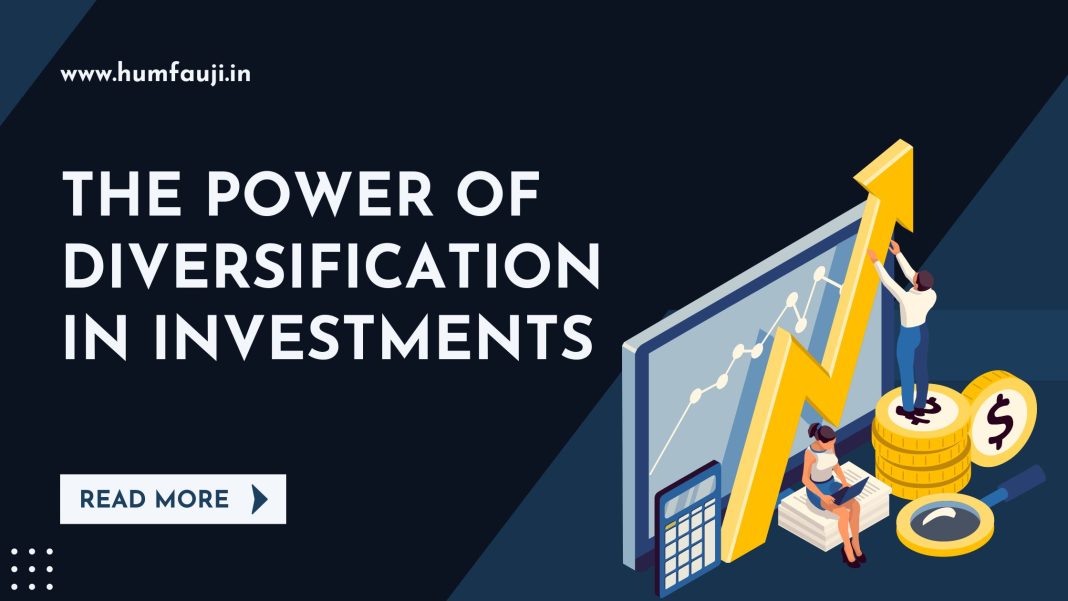 Passive Investing: A Long-Term Approach for Steady Growth
Passive Investing: A Long-Term Approach for Steady Growth
Passive investing, also known as buy-and-hold investing, focuses on holding assets for the long term. The goal is to let your investments grow steadily over time, regardless of market fluctuations. One of the most popular forms of passive investing is investing in index funds that track a specific index, such as the S&P 500. These funds automatically adjust their holdings to match the index they are tracking. In fact, around 38% of the U.S. stock market is passively invested.
The main advantage of passive investing is its simplicity. By adopting a “set it and forget it” approach, you can avoid frequent transactions and the associated fees, allowing your investments to grow more effectively. Passive funds also tend to have lower expense ratios compared to actively managed funds, as there is little research and maintenance required. The average expense ratio for passive mutual funds is 0.06%, while passive ETFs have an average expense ratio of 0.18%.
One of the key benefits of passive investing is diversification. By investing in thousands of stocks and bonds through a fund, you spread your risk and reduce the impact of any single investment performing poorly. Additionally, passive funds provide transparency, as they strictly adhere to the objective of the index they track. This is in contrast to actively managed funds, where the fund manager has more freedom to deviate from a specific strategy.
Warren Buffett’s famous bet against hedge funds serves as a testament to the effectiveness of passive investing. In 2008, Buffett wagered that a simple S&P 500 index fund would outperform a basket of hedge funds over a decade. The index fund won with an annual gain of 7.1%, while the hedge funds only averaged a 2.2% return. This demonstrates that passive investing can consistently deliver higher returns over the long term.
Active Investing: A More Hands-On Approach for Potential High Returns
Active investing involves frequent trading with the goal of outperforming average market returns. It requires a high level of market analysis and expertise to determine the best times to buy or sell investments. Active investing can be exciting and accessible through trading apps like Robinhood, but it also carries higher costs and risks compared to passive investing.
Investors can choose to actively invest on their own or outsource it to professionals through actively managed mutual funds and active ETFs. However, due to the vast amount of data and analysis required, many investors prefer hiring a professional to navigate the dynamic and volatile investing landscape.
Active investing offers the potential for higher returns, especially in the short term. By allocating a portion of your portfolio to active investments while primarily relying on passive index funds, you can aim for greater gains. However, this approach is highly dependent on your risk tolerance and individual investment goals.
Tax efficiency is another aspect of active investing. Through a strategy called “tax-loss harvesting,” investors can actively trade investments to offset gains for tax purposes. This strategy can be combined with the passive investing portion of your portfolio to optimize tax efficiency.
It’s important to note that active investing carries higher risks. The allure of quick profits from meme stocks or trendy investments can lead to significant losses. For example, Peloton’s stock price plummeted from $145 to less than $10 within a year and a half as pandemic plays fell out of favor. Even the popular ARK ETF managed by Cathie Wood experienced a significant decline in value. These examples serve as a reminder that active investing requires careful consideration and research.
Passive vs. Active Investing: Choosing the Right Approach
Passive and active investing both have their merits, but passive investing has gained more popularity due to its simplicity, lower costs, and proven long-term success. However, recent trends have shown a surge in active investing, driven by retail investors and the allure of high-growth stocks.
While passive investing provides steady growth and diversification, it may be wise to incorporate some active investing into your long-term strategy. As you approach retirement, it becomes crucial to rebalance your portfolio and reduce risk. A combination of passive and active investments can help you navigate market fluctuations effectively.
In conclusion, passive investing is like the tortoise in the race, steadily growing over time. On the other hand, active investing is like the hare, potentially offering higher returns but with greater risks. Ultimately, the choice between passive and active investing depends on your investment goals, risk tolerance, and level of expertise. Seeking advice from a professional financial advisor can help you make informed decisions about your investment strategy.


